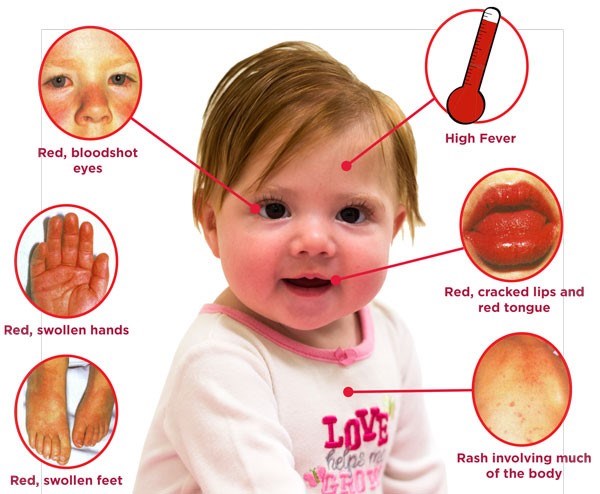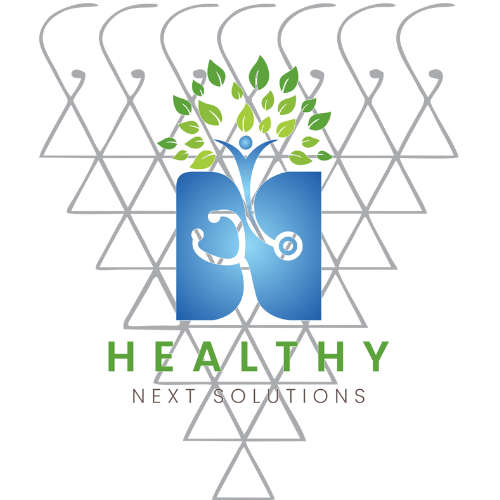
Kawasaki Disease: Causes, Symptoms, and Treatment
Kawasaki Disease (KD) is a rare but serious condition that primarily affects children under the age of five. It is an acute illness that causes inflammation in the walls of medium-sized arteries throughout the body, particularly the coronary arteries, which supply blood to the heart. If left untreated, Kawasaki Disease can lead to serious heart complications. Early diagnosis and prompt treatment are essential to reduce the risk of long-term damage. In this blog, we will explore the causes, symptoms, diagnosis, treatment, and potential complications of Kawasaki Disease.
What Causes Kawasaki Disease?
The exact cause of Kawasaki Disease remains unknown. However, researchers believe it may be triggered by an abnormal immune response to infections, genetic predisposition, or environmental factors. Some theories suggest that a viral or bacterial infection might play a role in initiating the disease, though no specific pathogen has been identified. Kawasaki Disease is not contagious, meaning it does not spread from one child to another.
While Kawasaki Disease can affect children of any ethnicity or background, it is most common in children under five years of age. The condition is more prevalent in boys than girls and is particularly frequent among children of East Asian descent, including those of Japanese and Korean heritage. However, cases have been reported worldwide.
Symptoms of Kawasaki Disease
Kawasaki Disease typically progresses in three phases, each presenting distinct symptoms:
1. Acute Phase (Days 1-11):
- High fever (lasting more than five days and unresponsive to usual fever medications)
- Red, bloodshot eyes (without discharge)
- Rash (appearing on the torso, groin, and other parts of the body)
- Red, swollen lips and tongue (often referred to as “strawberry tongue”)
- Swollen hands and feet (with peeling skin, particularly around the fingertips and toes)
- Swollen lymph nodes, especially in the neck
- Irritability and fussiness (common in young children)
2. Subacute Phase (Days 12-21):
- Peeling of the skin (particularly on the hands and feet)
- Joint pain and swelling
- Persistent fever (in some cases)
- Heart-related symptoms (such as irregular heartbeat or chest discomfort)
3. Convalescent Phase (Days 22-60):
- Gradual improvement of symptoms
- Fatigue and low energy levels
- Potential complications in the heart (if left untreated)
How is Kawasaki Disease Diagnosed?
There is no single test to diagnose Kawasaki Disease. Instead, doctors rely on a combination of clinical symptoms and laboratory tests, including:
- Blood tests to check for inflammation and abnormalities in white blood cells and platelets.
- Echocardiogram (heart ultrasound) to assess heart function and detect coronary artery abnormalities.
- Electrocardiogram (ECG) to check for irregular heart rhythms.
- Urine tests to rule out other conditions with similar symptoms.
- Chest X-ray to evaluate heart and lung involvement.
A confirmed diagnosis is typically based on the presence of a prolonged fever along with at least four of the five main symptoms (rash, red eyes, swollen lymph nodes, changes in the mouth, and swelling in hands and feet).
Treatment Options for Kawasaki Disease
Early and effective treatment is crucial to prevent complications, particularly heart damage. The primary treatments for Kawasaki Disease include:
1. Intravenous Immunoglobulin (IVIG)
A high dose of IVIG, a blood product containing antibodies, is administered through a vein to reduce inflammation and lower the risk of heart complications. IVIG is most effective when given within the first 10 days of illness.
2. Aspirin Therapy
Unlike in most childhood illnesses, where aspirin is avoided, it plays a critical role in Kawasaki Disease treatment. High-dose aspirin is given initially to reduce inflammation and fever, followed by a lower dose to prevent blood clot formation.
3. Corticosteroids (In Severe Cases)
In some cases, especially when IVIG alone is not effective, corticosteroids may be used to control inflammation and prevent complications.
Potential Complications of Kawasaki Disease
If left untreated, Kawasaki Disease can lead to serious complications, particularly involving the heart. Some of the potential risks include:
- Coronary artery aneurysms (weakened or bulging areas in the walls of coronary arteries)
- Myocarditis (inflammation of the heart muscle)
- Heart valve problems
- Blood clots and increased risk of heart attack
Children who develop heart complications may require long-term monitoring by a pediatric cardiologist and, in some cases, additional medical interventions.
Prognosis and Long-Term Outlook
Most children recover fully from Kawasaki Disease with timely treatment. Those who receive IVIG therapy within the first 10 days have a significantly reduced risk of long-term heart issues. Regular follow-ups and heart evaluations may be necessary for children who develop complications.
For children with severe coronary artery involvement, long-term management may include medications, lifestyle changes, or, in rare cases, surgical interventions such as bypass surgery.
Prevention and Awareness
Since the exact cause of Kawasaki Disease is still unknown, there are no specific measures to prevent it. However, early detection and awareness of symptoms can help ensure prompt treatment and reduce the risk of complications.
Parents and caregivers should seek medical attention immediately if a child has a prolonged fever along with the characteristic symptoms of Kawasaki Disease. Awareness and education about the condition are crucial for improving early diagnosis and treatment outcomes.
Conclusion
Kawasaki Disease is a serious but treatable condition that primarily affects young children. Though its exact cause remains unclear, timely medical intervention with IVIG and aspirin therapy significantly improves outcomes and reduces the risk of heart-related complications. If you suspect your child may have Kawasaki Disease, seek medical care immediately to ensure a full recovery and prevent long-term health issues.
Understanding Kawasaki Disease and spreading awareness can help parents, caregivers, and healthcare professionals identify the condition early, ensuring the best possible care for affected children.



